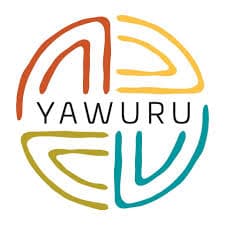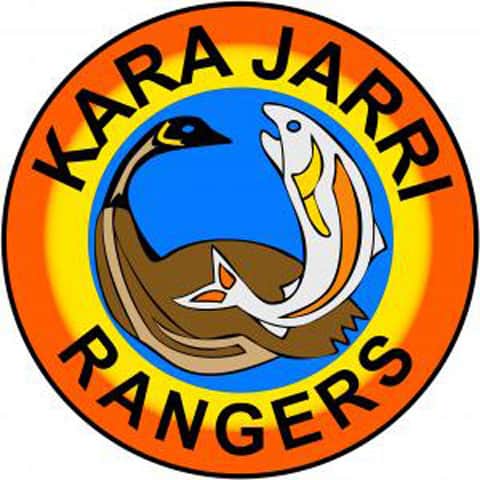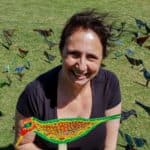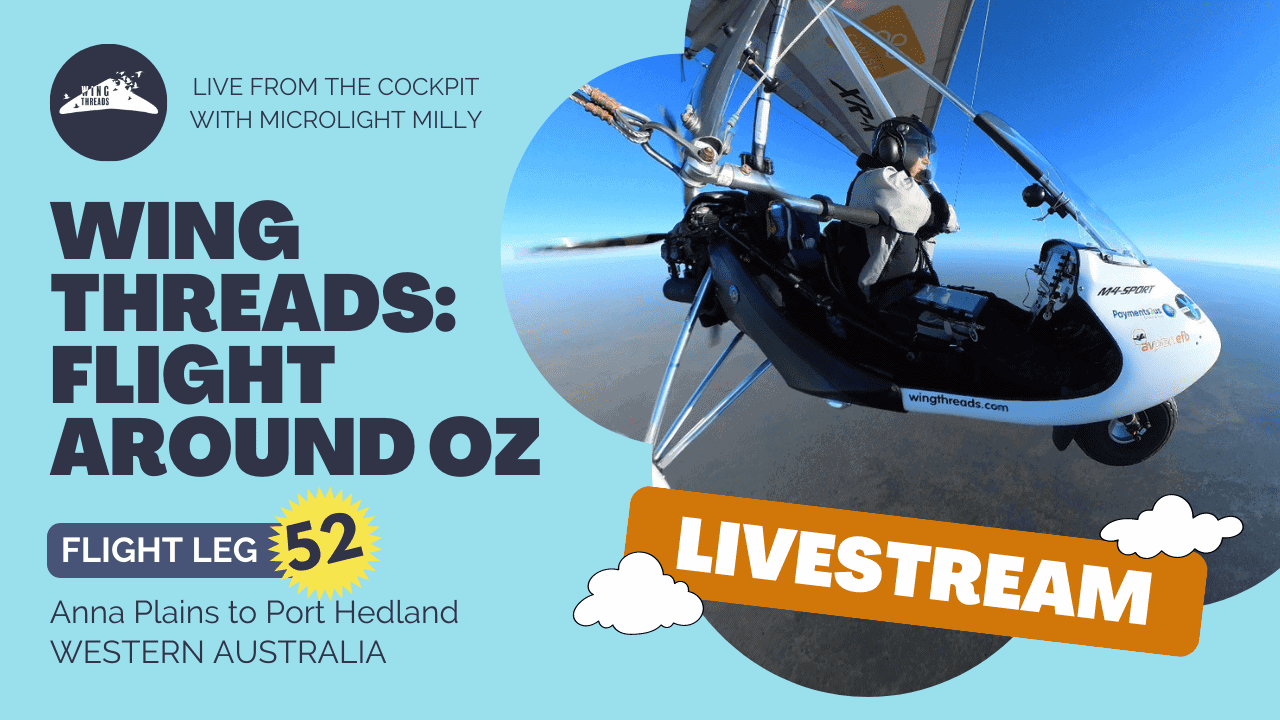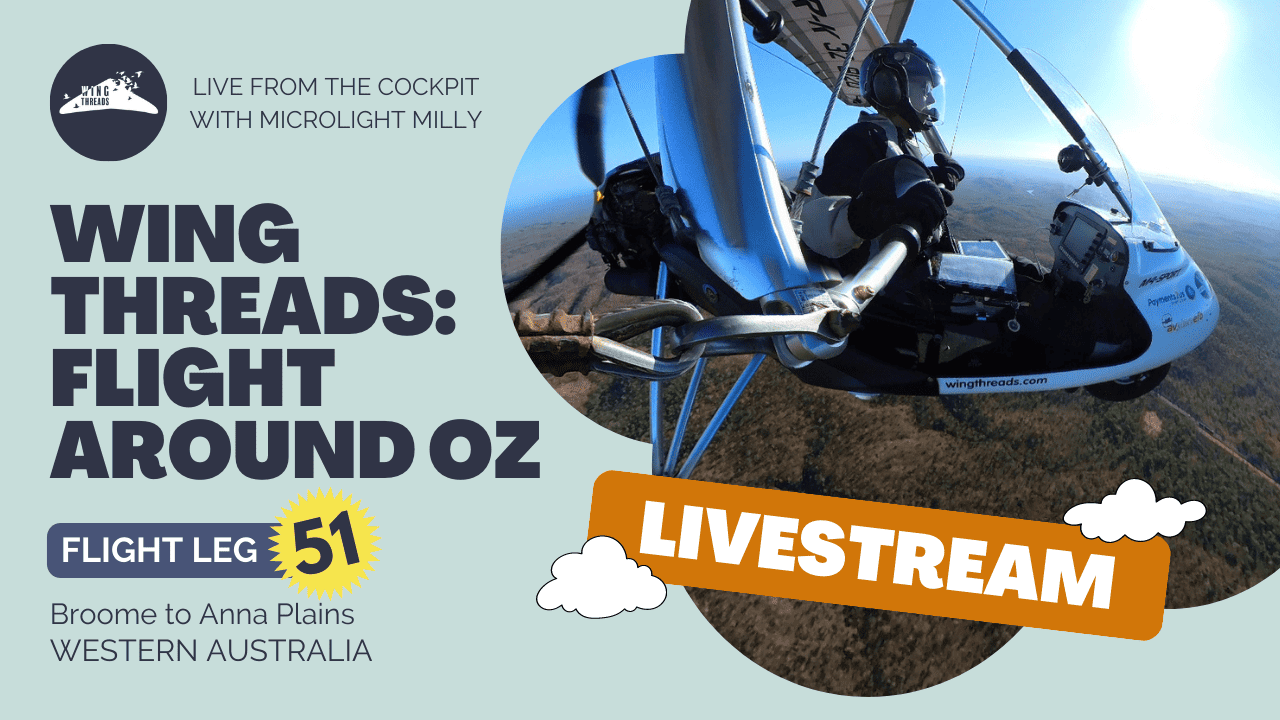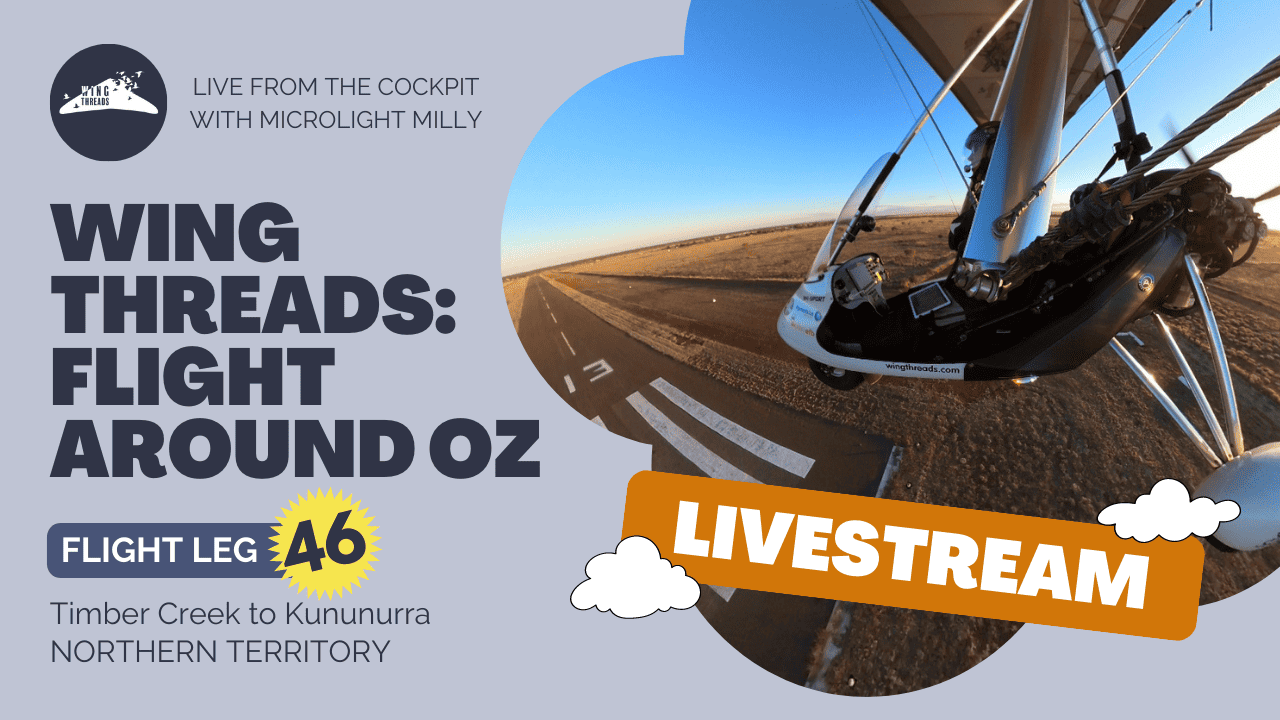Scarce reports but exciting news
A Contribution by Clive Minton
Since the Pratincoles settled on their breeding areas in April most movement information was generated by the satellite transmitters on Little Curlew and Whimbrel, together with the information provided by Amanda Lilleyman on Eastern Curlew (from Broome and elsewhere).
In recent weeks with almost all birds on their breeding grounds fresh news has been scarce. This report will bring everyone up to date as of the fourth week of July. Reports will be circulated in the future whenever there is a significant amount of news, but intervals are likely to be rather longer during the slow southward migration compared with the very rapid northward migration.
The Oriental Pratincoles have all now moved away from their breeding locations. The bird in India has moved the furthest. We have been speculating about what the birds might do in the long period before they are due back in Australia (December). Excitingly it seems possible that they all may be breeding again. Presumably they have moved location because of changes in their originally selected nesting habitat. It would be absolutely fascinating if we could prove that this has occurred. Further weeks of tracking results will help but Grace is also trying to get in touch with people who may be able to visit the current locations and check the situation.
Unfortunately, as indicated in the previous report, we now no longer have any transmitters working on Little Curlew.
The two Whimbrel are amazingly still giving us information, with the transmitters now in their third year. One seems to have bred successfully and the other may have done so. They should be starting their southward migration from their NE Siberian breeding grounds in the near future.
No update has been received recently on the Eastern Curlew carrying satellite transmitters. At last report, most were at their Yellow Sea stopover locations, presumably depositing large amounts of fat to cover their migration back to Australia, usually accomplished in a single non-stop flight of around 9,000km. With the first returning Eastern Curlew migrants regularly arriving back in late July, even on the south coasts of Australia, they should be on their way shortly.
Going through the motions…
Grace Maglio
Phase 1 – Fit birds with 2-gram Microwave Telemetry Inc. Satellite Tags at Anna Plains Station ✔
Phase 2 – Birds begin northward migration ✔
Phase 3 – Birds reach breeding grounds ✔
Phase 4 – Birds leave breeding grounds and predict breeding success ✔
Phase 5 – Birds begin southward migration ✔
NO, WAIT – WHAT’S HAPPENING HERE?!
From previous satellite tagging programs we presumed the usual scenario. Once the birds reach their breeding grounds and breed successfully (we hope), they will commence their southward migration.
Not so for the Oriental Pratincole and this is where the tracks are becoming interesting.
In the last report, SHE and SEC were both located short distances south of their breeding sites. Not only have these birds remained in their respective second sites, both tracks are appearing to form a centre point. With the egg to fledge time for the Oriental Pratincole thought to be from 42 to 51 days, the question of a second breeding attempt is being considered.
There are species of migratory passerines able to raise more than one brood of young in a season and this often is related to site fidelity (Hoover 2003). A second breeding attempt in a migratory shorebird and the attempt occurring in a different location would add a whole new level of knowledge (and excitement) for this amazing species!
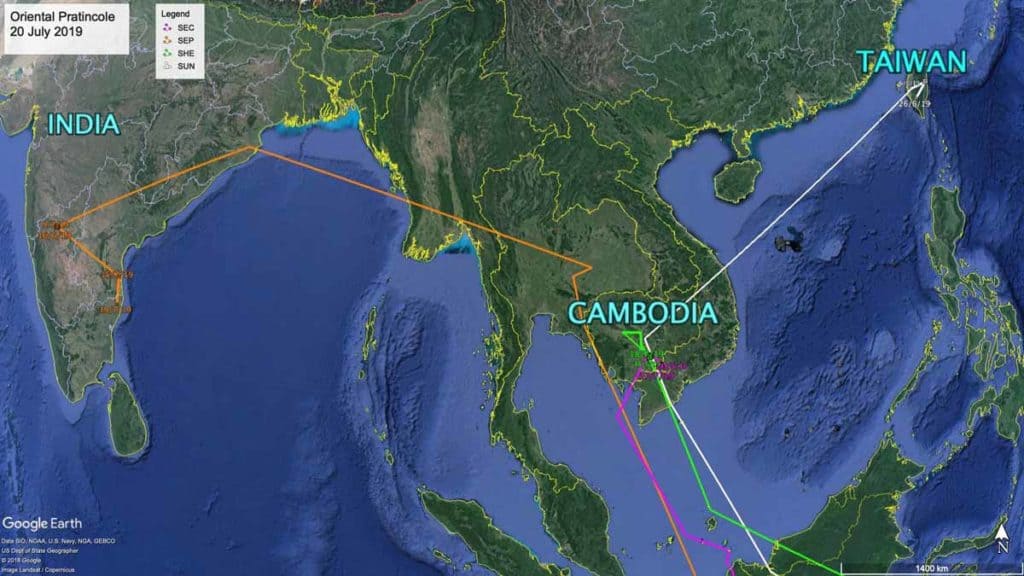

Oriental Pratincoles on the move
Hanging in there
WITH INPUT FROM CHUNG-YU CHIANG
Leg Flag SUN (PTT 83591)
The issue of inaccurate location data persists making attempts to confidently locate SUN difficult.
What is clear is that SUN had left its Hualien breeding location after approximately 63 days. The last accurate reading shows SUN to be in Qishan District on 26th July. However, looking at other data it looks likely that current location is within 5-10km of its first Taiwanese stopover site near Tainan City.
This area is another known breeding site for Oriental Pratincoles and we hope for more substantial data in the next week or two to help us better understand SUN’s movement.
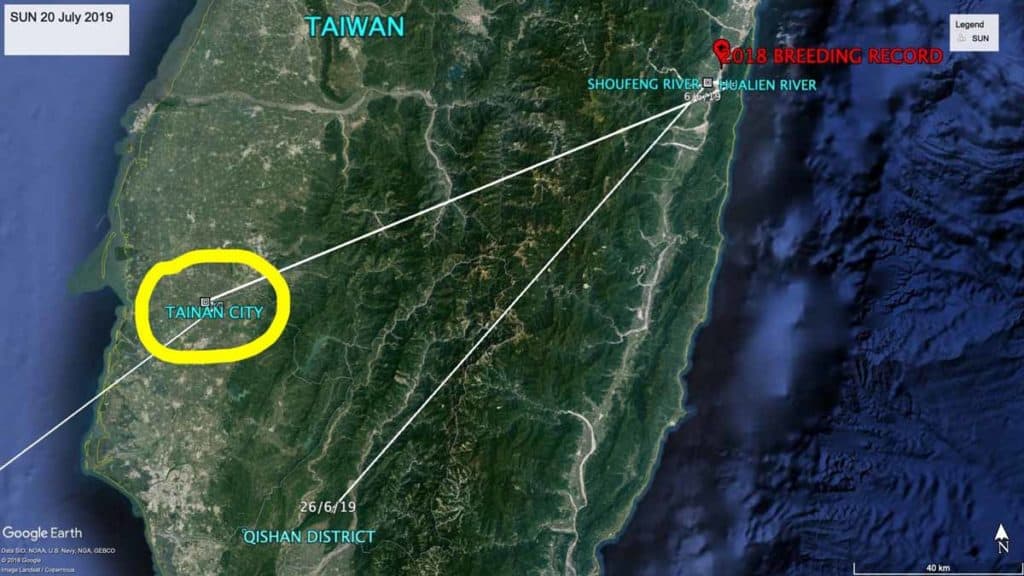
Settled in Karnataka
WITH INPUT FROM SUBBU SABRAMANYA
Leg Flag SEP (PTT 83593)
After approximately 88 days on the breeding grounds in the Bagalkot District, SEP started movements south around the 13th July.
As of the 19th July, SEP was 30km west of Chennai, India, approximately 580km south east of the Almatti Dam where it was found by Subbu and the team in June.
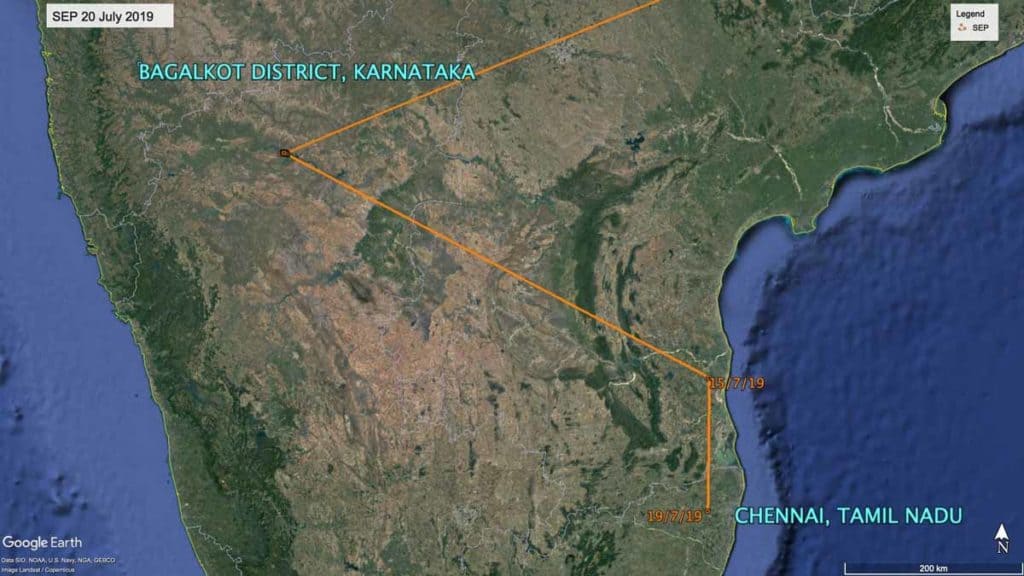
Tonle Sap Lake to Prey Veng Province: another great place to raise some chicks or just hanging out??
Leg Flag SHE (PTT 83595)
Around 2nd June, SHE reached Prey Veng Province, only 170km south east of the Tonle Sap Lake breeding site and incidentally less than 20km from SEC’s breeding site.
What is becoming increasingly interesting at this site is that there seems to be a centre point developing in the tracks in this location, especially when considering both accurate and less accurate data.
SHE has been at the Prey Veng site for approximately 49 days. We eagerly await more data and are attempting to make contact with colleagues in the area for local knowledge.
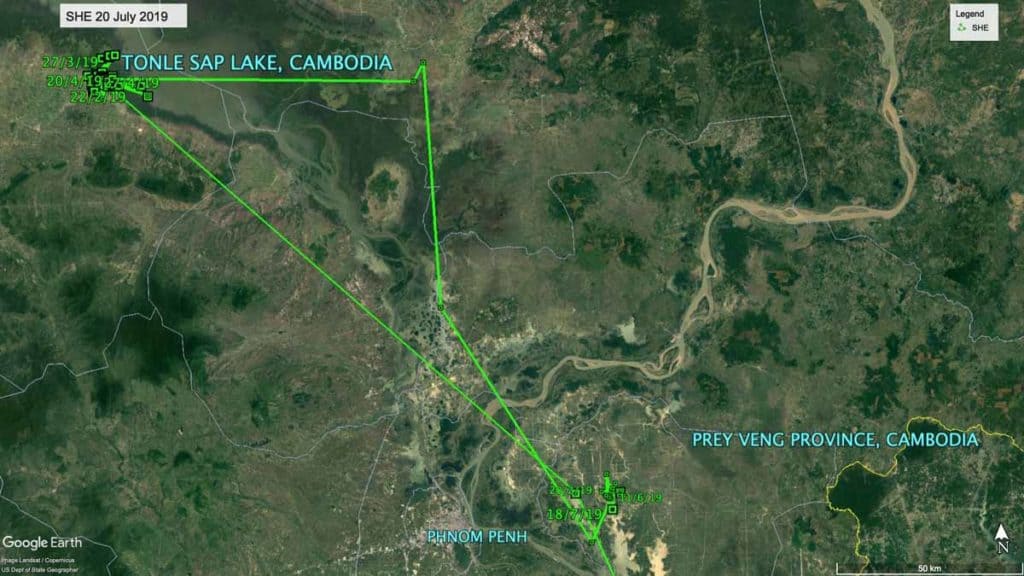
Down by the river
SEC (PTT 83596)
It has been 50 days since the last report and SEC is continuing to stay close to the Waiko River in Svay Rieng Province, Cambodia, less than 20km from the Vietnam border.
As mentioned, similarities in tracks from recent breeding locations have us entertaining the idea of a second breeding attempt for SEC.
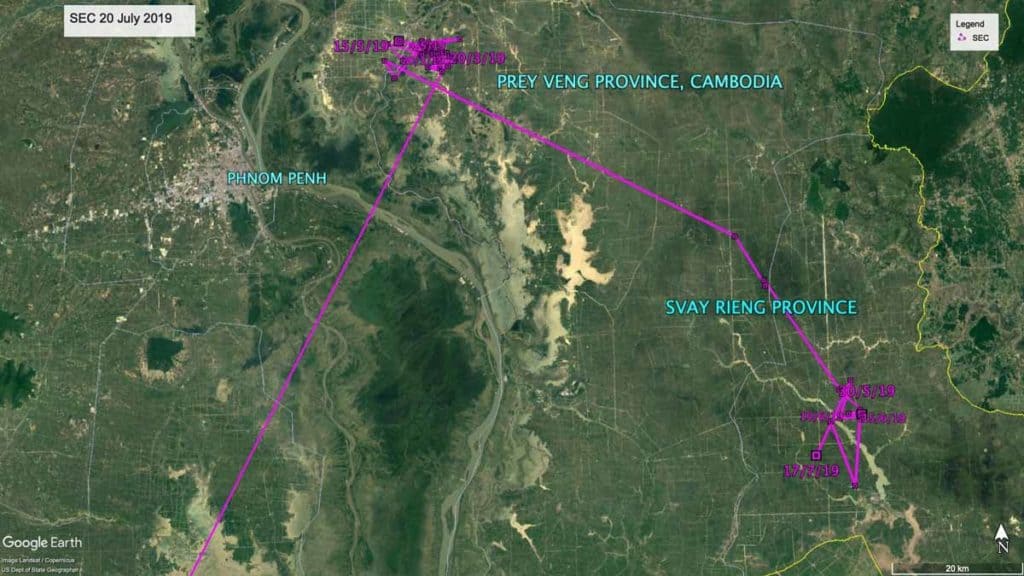
Download a PDF copy of this report – Oriental Pratincole Satellite Tracking Report Number 15
Acknowledgements
Clive Minton
The extensive and expensive satellite tracking program we have set up in NWA has only been possible through the efforts and generosity of a large number of people and organizations. It is difficult to know where to start with the formal acknowledgements so I will list them – but not in any particular order of priority.
- The members of the AWSG NWA 2019 Wader and Tern Expedition and similar NWA expeditions in previous years, are particularly thanked for their efforts in the field in catching, banding and deploying transmitters on a range of species.
- Landowners are especially thanked for permission to go onto their property to enable us to catch various species in order to deploy the satellite transmitters. In particular we thank Anna Plains Station for giving us the freedom to roam over large areas of grazed grassland when counting and catching target species.
- AWSG acknowledges the Yawuru People via the offices of Nyamba Buru Yawuru Limited for permission to catch birds on the shores of Roebuck Bay, traditional lands of the Yawuru people.
- AWSG acknowledges the Karajarri and Nyangumarta people for permission to catch birds to be marked for this project on the shores of 80 Mile Beach, traditional lands of the Karajarri and Nyangumarta.
- The cost of the satellite transmitters, which cost around $5000 each, and the satellite downloading costs (around $1000-1500 per month) have been met by a variety of sources. Private individuals (Charles Allen and Doris Graham) have made most generous individual contributions. Kate Gorringe-Smith and her team of artists involved in The Overwintering Project made a large, generous donation from funds raised during their various public exhibitions. The annual NWA Expedition members, collectively, also provided significant funds each year.


